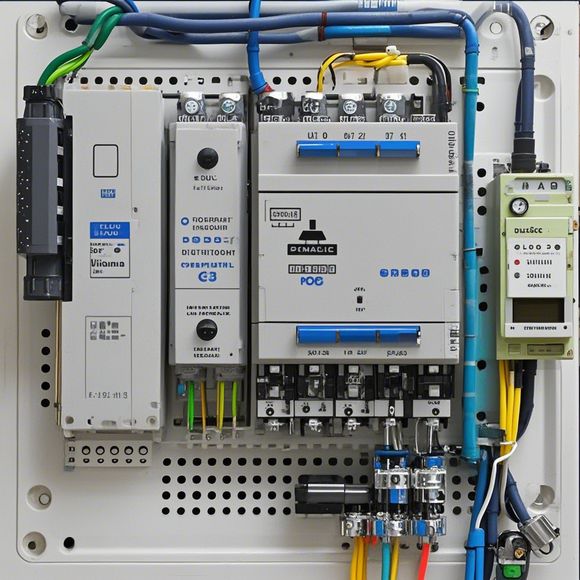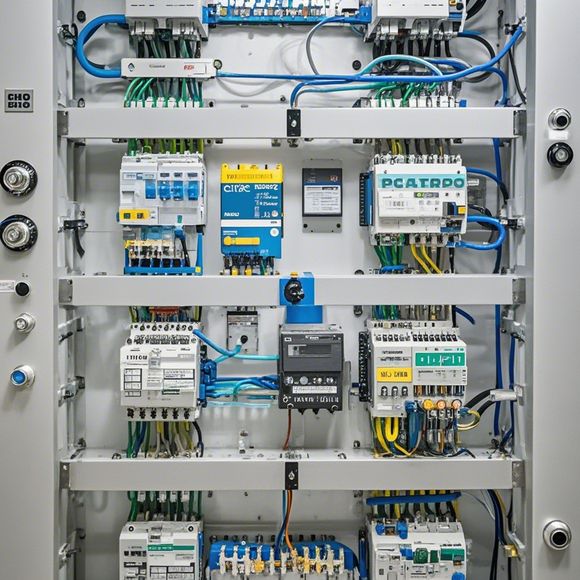Introduction to Programmable Logic Controllers (PLCs)
Programmable Logic Controllers (PLCs) are electronic devices that allow for flexible automation in industrial environments. These devices can be programmed to control a wide range of processes, from simple timers and counters to complex systems with multiple sensors and actuators. PLCs offer the advantage of being able to adapt to changes in production conditions, allowing for efficient operation and improved productivity. They are commonly used in industries such as manufacturing, transportation, and energy production. In this summary, we will explore the key features and benefits of PLCs, including their ability to communicate with other devices through digital or analog signals, their flexibility in programming, and their role in modern automation systems.
Hello, everyone! Today, I am excited to share with you the world of Programmable Logic Controllers (PLCs). These marvelous devices are at the heart of modern automation systems and have revolutionized how industries operate. So, let’s dive right into their world together!
Firstly, let's talk about what a PLC is. In simple terms, a PLC is a digital controller that uses logic gates and memory to perform complex calculations and control functions. It can be used in a variety of industries such as manufacturing, transportation, healthcare, and even home appliances. Essentially, it acts as the brain of your automation system, making sure everything runs smoothly and efficiently.
Now, let’s take a look at some of the key components of a PLC. Firstly, there is the Central Processing Unit (CPU), which is like the brain of the PLC. It processes all the data inputted by the user and executes the instructions stored in memory. Secondly, there is the Input/Output (I/O) module, which connects to other devices and receives inputs from them. Thirdly, there are the Memory modules, where the program code for the PLC is stored. Finally, there is the Power Supply, which provides the necessary electrical power to the various components within the PLC.

Now let's talk about how these components work together. When a user inputs a command or instruction, the CPU interprets it and sends out signals to the appropriate output device. For example, if a user wants to increase the speed of a motor, the CPU will calculate the required change in current and send out a corresponding signal to activate a relay that controls the motor's speed control circuit. This ensures that every action performed by the user is accurately executed, without any errors or delays.
One of the most exciting features of PLCs is their ability to learn and adapt. As the user interacts with the PLC through its input devices, it learns from past actions to make predictions about future behavior. This feature allows the automation system to optimize performance over time, making it more efficient and cost-effective. For instance, if a machine has been running on a particular speed setting for a long period, the PLC can predict that the same speed setting will be needed again in the future. By adjusting the speed accordingly beforehand, the machine can start up faster and run more efficiently.
Another interesting aspect of PLCs is their modular design. Unlike other types of computers, which require you to purchase an entire system just to buy one part, PLCs come in a variety of different sizes and configurations. You can choose from a range of CPU models, I/O modules, memory capacities, and power supplies based on your specific needs and budget. This means that you don't have to invest in a whole system just to get started; instead, you can start with just the parts you need, and then upgrade or expand later on as needed.
In addition to their technical capabilities, PLCs also have many advantages when it comes to safety and reliability. They are designed to be highly secure, with robust protection against electromagnetic pulses, radiation, and other forms of interference. Additionally, they have built-in redundancy and fail-safe mechanisms that ensure that they can continue operating even if a component fails. This makes them ideal for use in critical applications where downtime can have disastrous consequences.

Finally, let's talk about the future of PLCs. With the rapid advancements in technology, we can expect even more innovative features to be added to PLCs in the coming years. Some of the possibilities include the integration of AI and machine learning algorithms to improve decision-making and process optimization, as well as the adoption of edge computing technologies to reduce latency and enhance real-time performance. There are also plans to develop more intuitive interfaces for users to interact with the PLC, making it easier to program, troubleshoot, and maintain.
As we wrap up today’s discussion on Programmable Logic Controllers (PLCs), I want to reiterate how important they are to modern automation systems. From their advanced capabilities to their reliability and affordability, these controllers are truly transformative tools that help businesses achieve greater efficiency, productivity, and success. If you haven’t already, I encourage you to explore the vast world of PLCs and see how they can benefit your organization. And as always, feel free to reach out if you have any questions or would like more information on how to integrate PLCs into your automation strategy. Thank you for listening, and good luck on your journey towards smarter automation!
Content expansion reading:
Articles related to the knowledge points of this article:
Mastering the Art of Plc Controllers: A Comprehensive Guide to Understand and Implement
The cost of a PLC Controller: A Comprehensive Analysis
PLC Programming for Automation Control in the Manufacturing Industry
PLC (Programmable Logic Controller) Control System Basics
Plumbers Rule! The Role of PLC Controllers in the World of Waterworks